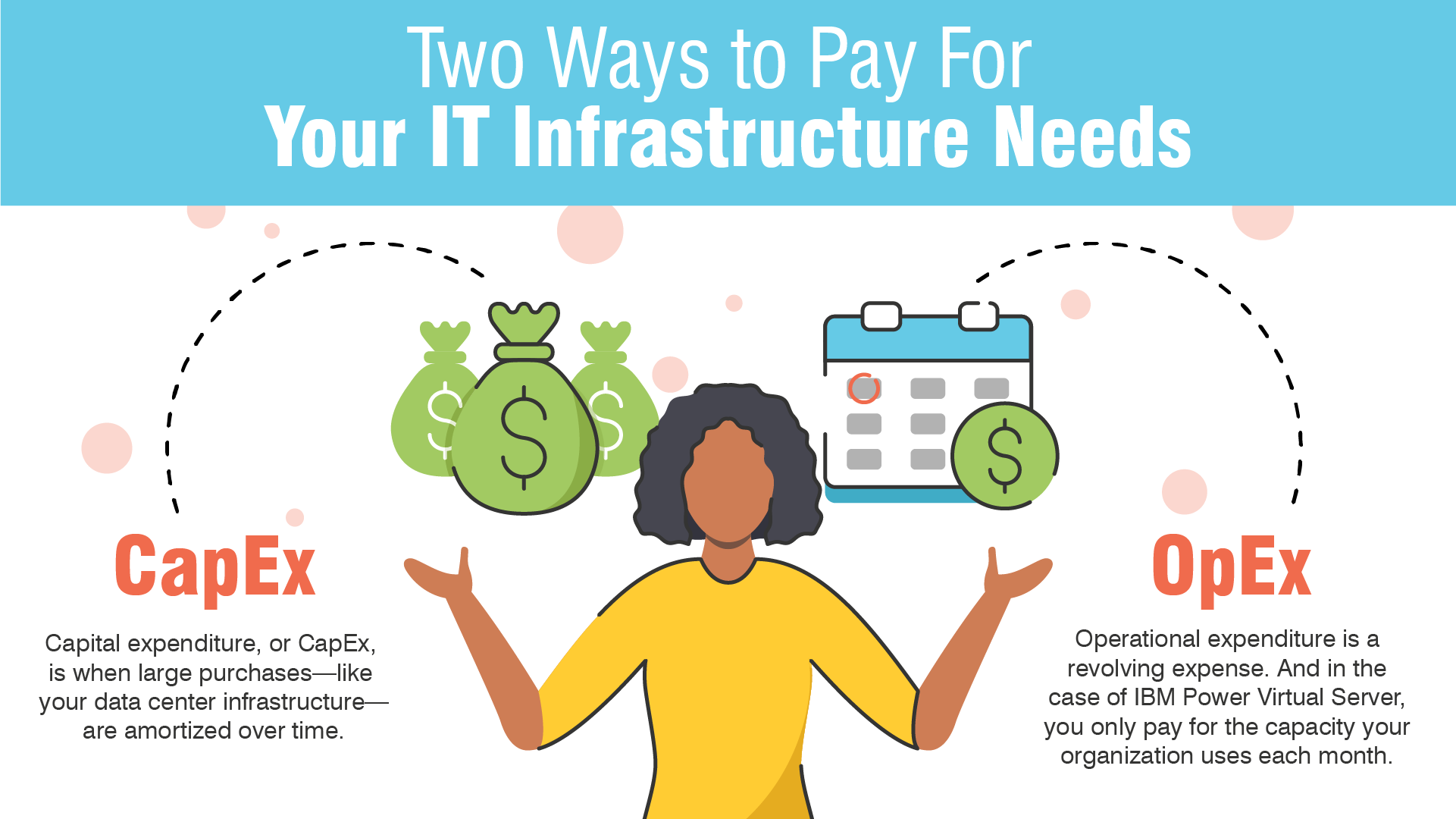Add Flexibility and Scalability to Your Organization With Hybrid Cloud
You may likely recall idle childhood days where you would do nothing more than stare at the clouds in the sky, trying to make sense of the shapes. You would imagine and identify images and creatures woven into the celestial structures. If you looked closely enough, the clouds could be practically anything.
Of course, today’s business leaders have little time to lay back to daydream. And if clouds are being pondered, they are likely hybrid clouds. But about that: perhaps now is the time to reexamine your view of cloud computing. Perhaps there is another way to consider cloud and the business benefits it provides.
Practically from the beginning, cloud has been portrayed as a destination, someplace everyone should want to go. But is cloud actually a place? At Evolving Solutions, we like to say “Cloud is not a place; cloud is a set of disciplines.™” These agile disciplines (and the automation tools that come with them) can give your organization the increased flexibility it needs to get the job done right.
The Flexibility You Need (When You Need It)
Today’s business environment necessitates pivoting on a dime—and that is difficult to do when your organization has a substantial investment in on-premise infrastructure. Traditional technology infrastructure models require you to maintain servers and storage for your peak capacity 24-7-365.
With cloud-based deployment models, you only pay for the compute you use, which means reducing the cash outlay necessary to meet the demands of the busy season, to support a new dev/test environment, or to enable disaster recovery capabilities.
Transformation, Piece by Piece
Cloud environments can span a range of workloads and use cases, so a good way to begin is by narrowing your focus. First, identify a single workload or application would benefit from a distributed model, flexible capacity, or modern development practices.
Under an agile development model, these targeted changes—the addition of an AI lifecycle, the deployment of applications through Cloud Paks, the completion of a modernization project—can be implemented in months as opposed to multiple years. Efficiencies are created, components that produce real dollar value are added, and piece by piece, the business is transformed. That is hybrid cloud—at least from close up.
Let the Red Hat Stack Propel Your Organization to the Cloud
IBM understands that a cloud journey isn’t a massive overhaul, but an incremental infusion of cutting-edge efficiencies and function. Even more importantly, IBM has the solutions and the technical expertise to guide clients on this journey.
The foundation of IBM’s cloud architecture is the Red Hat software stack, which incorporates the OpenShift application environment. OpenShift is poised to be the dominant engine for delivering containers, which can be described as cloud-specific development environments. Virtually all major cloud providers and infrastructure vendors support OpenShift. Red Hat Ansible can streamline the application modernization process, drawing from a broader skill set and accelerating the time to value.
Now let’s move back to a broader view. For clients seeking to launch or grow their off-premise workloads, IBM offers two enterprise-level options. Private Power Cloud with dynamic capacity allows you to purchase system resources on an as-needed basis. This is ideal for clients that are growing their organization or whose need for compute power fluctuates due to seasonal business activity or other factors. The IBM Power Virtual Server is an IBM Cloud-based instance of Power Systems compute resources. This option allows clients to adopt an OpEx business model while IBM manages the underlying infrastructure to your specifications. IBM Power Virtual Server can also be used to provide disaster recovery capabilities.
The Power of On-Premise
The beauty of IBM Cloud offerings for Power Systems clients is that it seamlessly integrates with their existing on-premise infrastructure. This means that applications can continue running on their native AIX or IBM i operating systems while leveraging the flexibility of hybrid cloud. These applications can also leverage the capabilities of the POWER9 processor. Databases running on Power can process as much as 50% more transactions than those running on x86. With the arrival of the POWER10 chip expected later in 2021, those processing capabilities will further improve.
The Power Systems platform is running your mission-critical applications and securing your vital data—whether the server is in your on-premise data center or in the IBM Power Virtual Server environment. Along with (perhaps) a fresh perspective, you already have what you need available at your fingertips.

